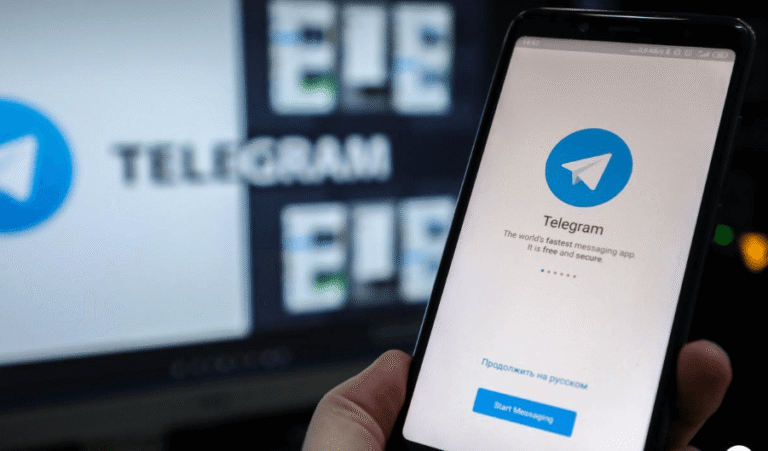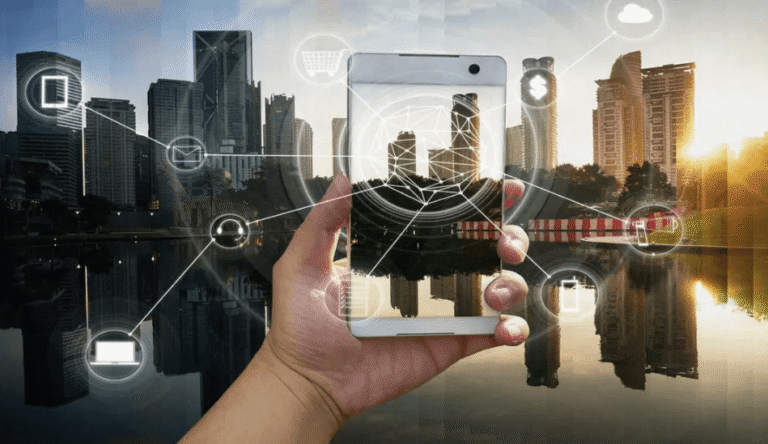Technology is fundamentally transforming the advertising landscape. The integration of artificial intelligence and data analytics allows for unprecedented precision in targeting and personalization. Brands now have the tools to understand consumer behavior deeply, fostering more meaningful connections. Immersive experiences, such as virtual and augmented reality, further enhance engagement. As these trends evolve, one must consider the implications for brand strategies and consumer interactions in an increasingly competitive market. What comes next in this dynamic evolution?
The Rise of Artificial Intelligence in Advertising
In recent years, a significant transformation has occurred in the advertising landscape, primarily driven by the rise of artificial intelligence (AI).
AI algorithms enhance ad automation, enabling brands to efficiently deliver tailored messages. Predictive modeling uncovers valuable customer insights, facilitating personalized experiences.
This shift empowers advertisers to connect more effectively with audiences, fostering a sense of freedom in communication and engagement.
See also: How Technology Is Revolutionizing the Tourism Industry
Data Analytics: Driving Targeted Campaigns
The evolution of advertising has increasingly relied on data analytics, which plays a pivotal role in refining targeted campaigns.
By analyzing consumer behavior, marketers can achieve campaign optimization, ensuring messages resonate with specific audiences.
This data-driven approach empowers advertisers to allocate resources more effectively, fostering a sense of freedom in creative strategies while enhancing engagement and driving conversions in an ever-competitive landscape.
Immersive Experiences and Interactive Content
How can brands capture consumer attention in an increasingly saturated market?
Immersive experiences through virtual reality and augmented reality offer compelling solutions. These technologies engage consumers by creating memorable interactions, allowing them to explore products in innovative ways.
The Future of Personalization in Marketing
As brands increasingly adopt immersive technologies to engage consumers, the demand for personalized marketing strategies is also growing.
The future of personalization hinges on dynamic segmentation and behavioral targeting, enabling marketers to tailor messages based on individual preferences and behaviors.
This shift empowers consumers, fostering deeper connections while allowing brands to deliver relevant content that resonates, ultimately enhancing the freedom of choice in a saturated marketplace.
Conclusion
In conclusion, technology is not merely enhancing advertising; it is transforming it. Through artificial intelligence, brands can predict consumer preferences with precision. With data analytics, they can craft campaigns that resonate profoundly. By leveraging immersive experiences, they can captivate audiences in unprecedented ways. As personalization becomes paramount, advertisers are equipped to forge meaningful connections. Together, these advancements are shaping a future where advertising is not just seen but experienced, not just heard but felt.



